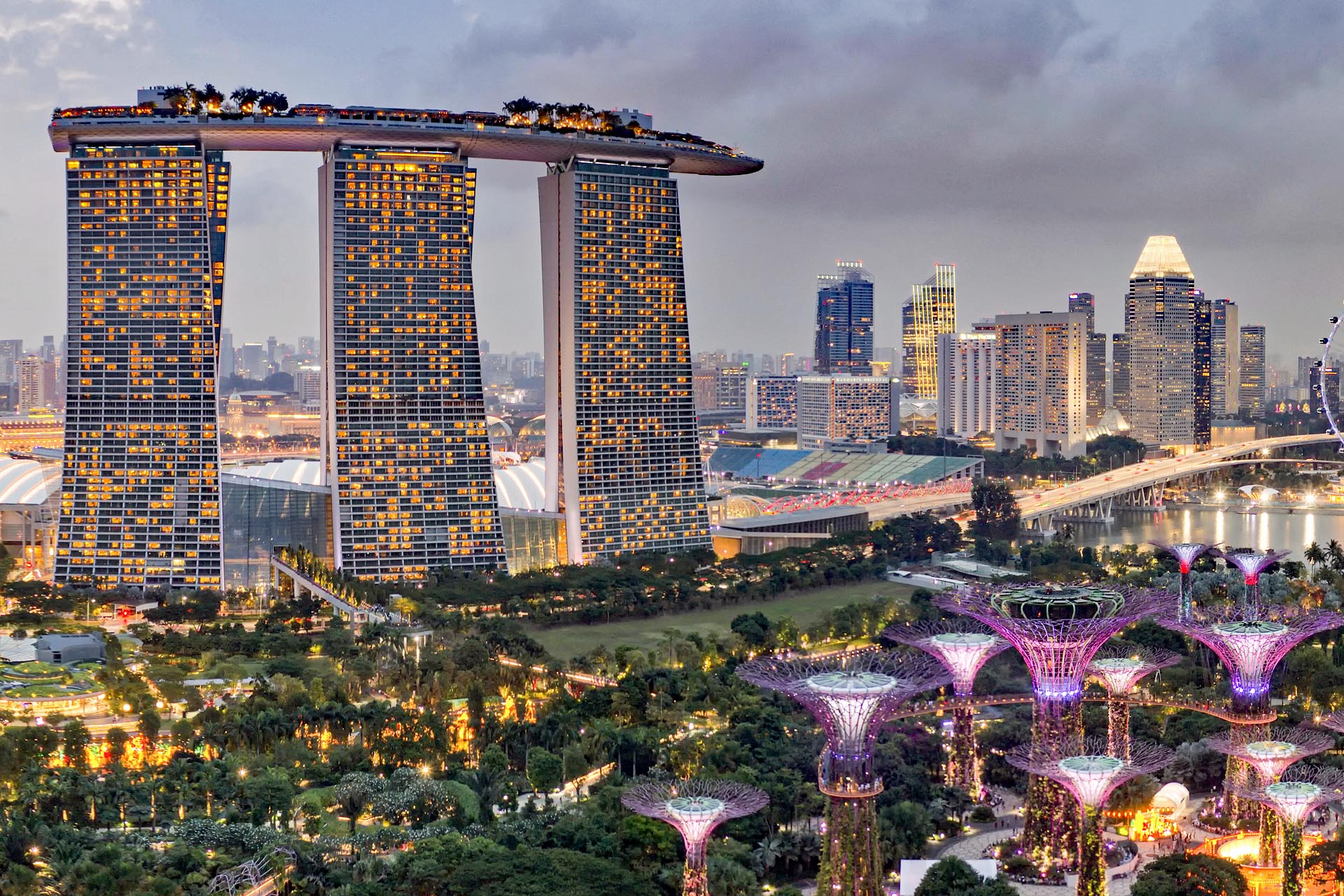The Government of Guyana is now engaging in discussions to sell the country’s certified carbon to airlines via a compliance market based in Singapore.
“We’ve been fighting to get our carbon sold into a compliance market,” said Vice President, Bharrat Jagdeo. “There’s one in the world that uses the forest carbon, they allow trading. It’s a Singapore-based market and it is for airlines. Therefore, we’ve started the discussions to see whether we can sell our certified carbon to some of the airlines. So, the prices hopefully will be higher.”
Jagdeo highlighted that despite efforts to get the United Nations Framework Convention on Climate Change (UNFCCC), along with some non-governmental organizations (NGOs) and other entities, to add forest carbon to a compliance market, no significant progress has been made. He stressed that without Guyana’s proactive measures in establishing Low Carbon Development Strategies (LCDS) and getting its carbon credits certified, the possibility of selling these credits might not have materialized.
“The UNFCCC is treating the tropical countries badly. If we didn’t branch out on our own a long time back since 2009, set up our LCDS, then we got a US$250 million deal with Norway, then the US$750 million with Hess, we would be like some other countries.”
Guyana has secured 7.14 million carbon units by Architecture for REDD+ Transaction (ART) for its low deforestation rate along with sustaining high levels of forest coverage for the year 2021. Those credits were issued under Phase 1 of CORSIA’s approved crediting program ART’s “TREES” standard.
Guided by the Low Carbon Development Strategy 2030, Guyana aims to monetize its forest’s climate and ecosystem services while promoting low-carbon economic development. On December 1, 2022, ART issued 33.47 million tropical forests for climate resilience and environmental sustainability (TREES) credits to Guyana for 2016-2020. The government then agreed with Hess Corporation to sell high-quality carbon credits for US$750 million. In 2023, Guyana received the first US$150 million, with US$22 million disbursed to 242 indigenous villages.



